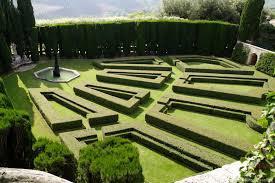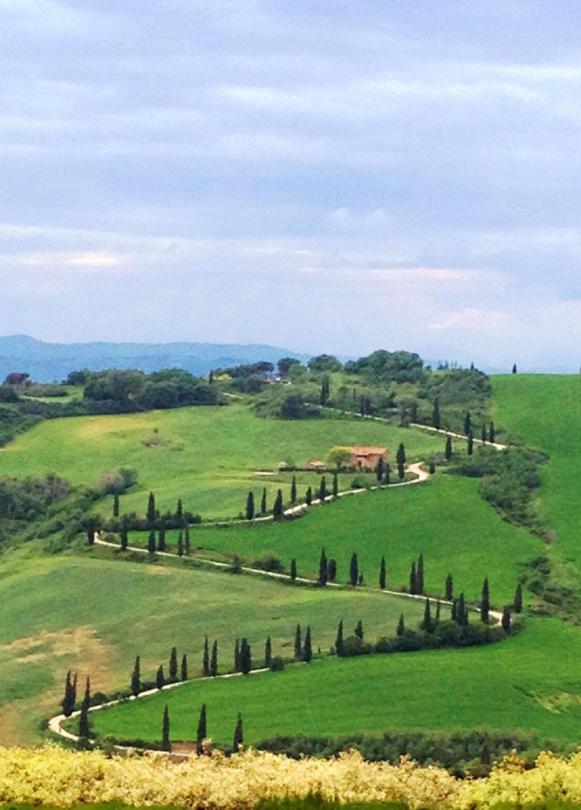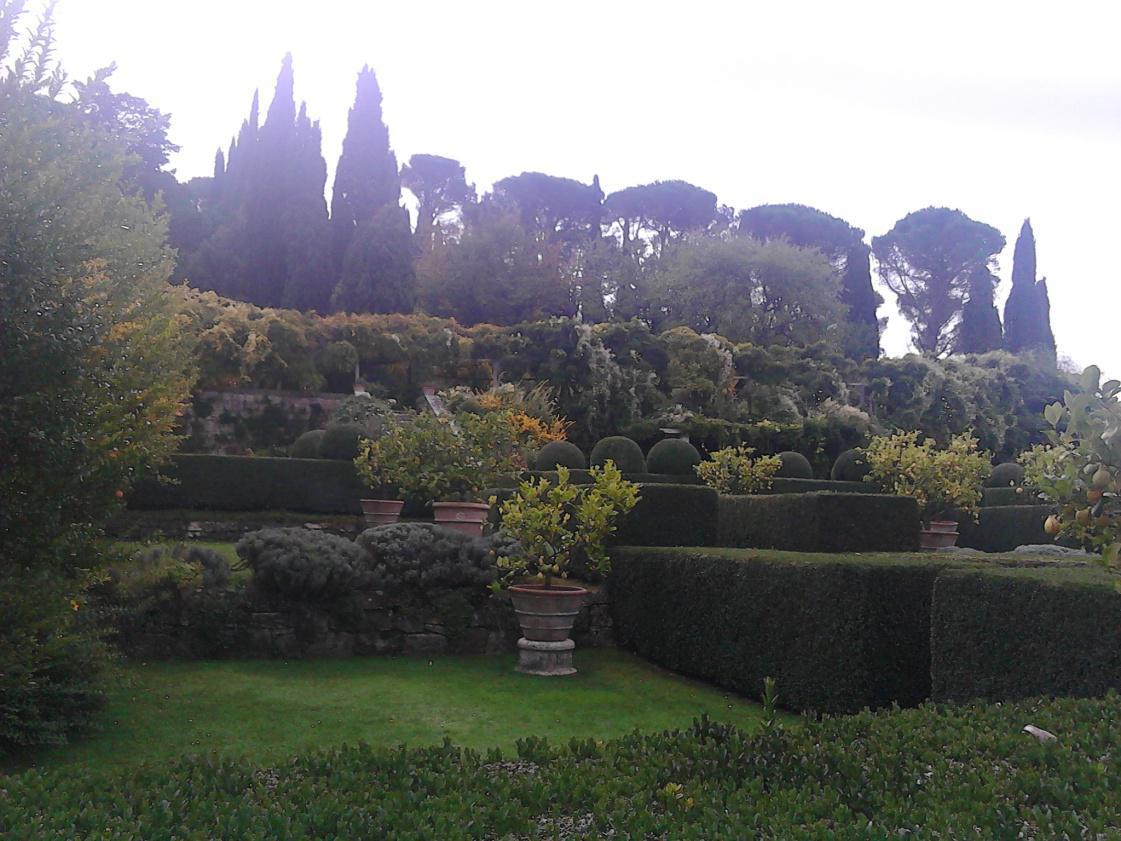History of a Tuscan Villa: Art, History and WWII
There are so many beautiful villas in the Tuscan countryside, but today I want to let you know a special one: La Foce.

I casually discovered this place through a book written by an old schoolfriend. When I visited it, last autumn, I realized that many people in Siena do not ever know it.
Indeed, the history of La Foce is fascinating. It’s about a land and a woman.
The land is the Val d’Orcia, in the southern province of Siena. With its hills pointed with cypresses, it is now an universal symbol of beauty and a UNESCO site. Could you imagine that a century ago the Val d’Orcia was arid, poor and abandoned? Strange, but true.
The woman is Iris Origo: an Anglo-American aristocrat brought up in Florence in an international environment. Iris married an Italian man, Antonio and in 1924 they bought a large estate in Val d’Orcia, including a 15th century building which became their home. It was a great challenge, as at the time no one could appreciate such a place. Cecil Pinsent, an architect inspired by Italian Gothic and Renaissance painting, designed the gardens. They are a masterpiece combining Italian and English tradition.

Gradually Iris and Antonio transformed the inhospitable land of Val d’Orcia in a farmed countryside, bringing work and social benefits to the inhabitants. They dedicated their life to this aim. The cypresses rows, so deeply associated to this landscape, were created at that time.

The second, and not less moving, part of the history started with the 2nd World War when Iris, with the risk of her life, chose to support the Resistance against the Nazi-Fascism. She supported the “partigiani” and welcomed in her house many displaced children who grew together with her own sons and daughters.
This incredible woman was also an historian and a writer. You can read about the hard years of the war in her diary, “War in Val D’Orcia".

Walking in the wonderful gardens of La Foce is a unique experience, and I imagine in the spring they give their best. Lemon trees in terracotta pots, lavender hedges, geometrical terraces, cherry trees, pines and cypresses, and the smell of thyme and rosemary.

On the background, the spectacular view of the valley of the Orcia and of the Amiata mountain.
What impressed me in all the history is that Iris had such relevant economic resources that she could do whatever she wanted; but she chose a neglected place and succeeded in transforming it in a paradise. She chose to risk and she chose to help people.
Standing in the absolute peace of the green Tuscan hills, La Foce appears a sort of utopia, where men and nature meet harmoniously, and beauty is not separated from an active role in the history.

For more info, here’s La Foce’s Website.
Marzia Minore,
History and Theory of Museums teacher










